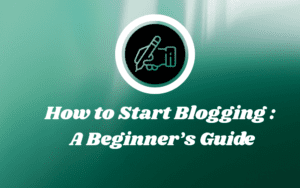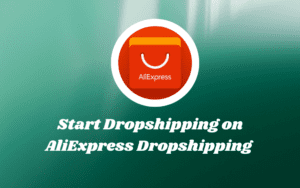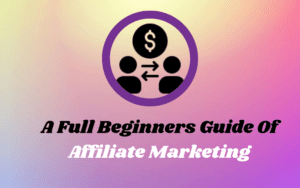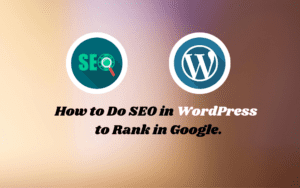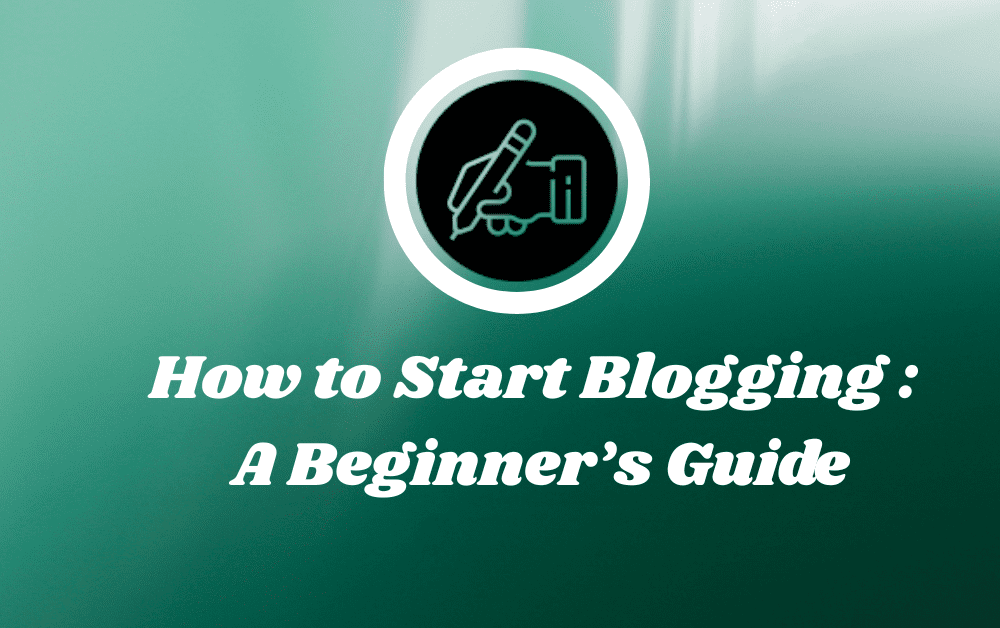How to Start Blogging – A Step-by-Step Guide for Beginners
Starting a blog is an exciting way to share your knowledge, experiences, or interests with the world. First, choose a niche that you’re passionate about and research your target audience. Next, select a blogging platform like Blogger or WordPress and register a domain name. Customize your blog’s design to make it visually appealing and user-friendly. Create high-quality, engaging content consistently, using SEO techniques to improve visibility on search engines. Promote your blog on social media and interact with your readers. Finally, explore monetization options like ads or affiliate marketing. With dedication and patience, your blog can grow successfully.
Step 1: Choose a Niche
Decide on a topic for your blog. Pick something you’re passionate about and that has an audience. Popular niches include:
Travel
Technology
Food & Recipes
Health & Fitness
Finance & Investing
Personal Development
Step 2: Pick a Blogging Platform
Select a platform to build your blog. Popular options include:
WordPress.org (Most flexible & recommended)
Blogger (Free & beginner-friendly)
Medium (Good for writing-focused blogs)
Wix/Squarespace (Easy drag-and-drop builders)
If you want full control and the ability to monetize, WordPress.org is the best choice.
All Platforms Guide for Blogging
Step 3: Choose a Domain Name & Hosting
Domain Name: Choose a catchy, easy-to-remember domain (e.g., yourblogname.com). Use sites like Namecheap or GoDaddy to buy one.
Web Hosting: If using WordPress, get hosting from:
Bluehost (Beginner-friendly)
SiteGround (Reliable & fast)
Hostinger (Budget-friendly)
Sign up for hosting, connect your domain, and install WordPress.
Step 4: Install & Customize Your Blog
Install WordPress if you haven’t already.
Choose a theme (free or paid) from the WordPress theme library.
Install necessary plugins (SEO, security, analytics, etc.).
Customize the design, layout, and logo.
Step 5: Create Essential Pages
Before writing blog posts, set up:
✔ About Page – Introduce yourself and your blog’s purpose.
✔ Contact Page – Allow visitors to reach you.
✔ Privacy Policy & Disclaimer – Important for legal reasons.
Step 6: Write Your First Blog Post
Choose a topic your audience will find helpful.
Write an engaging title.
Structure your post with headings (H1, H2, H3).
Use images and videos for better readability.
End with a Call-To-Action (CTA), like asking readers to comment or share.
Step 7: Optimize for SEO
SEO (Search Engine Optimization) helps your blog rank on Google.
Use keywords naturally in titles, headings, and content.
Install Yoast SEO or Rank Math plugin.
Write meta descriptions for each post.
Use internal & external links to boost SEO.
Step 8: Promote Your Blog
Share posts on social media (Facebook, Twitter, Instagram, Pinterest).
Join online communities like Reddit, Quora, and Facebook groups.
Guest post on other blogs.
Build an email list using tools like Mailchimp.
Step 9: Monetize Your Blog
Once you have traffic, start earning from your blog:
💰 Google AdSense – Show ads on your site.
💰 Affiliate Marketing – Promote products & earn commissions.
💰 Sponsored Posts – Get paid for writing reviews.
💰 Sell Digital Products – E-books, courses, etc.
Step 10: Stay Consistent & Keep Learning
Publish regularly (at least once a week).
Keep improving your writing and SEO skills.
Analyze your blog’s performance using Google Analytics.
Success in blogging takes time, so stay patient and keep going! 🚀
✅ Tips to Choose the Right Niche:
Pick something you’re passionate about.
Ensure there is a demand and audience for that topic.
Look for niches with monetization potential.
🔧 Tools:
Google Trends (for trending topics)
Ubersuggest / Ahrefs (for keyword research)
💡 Top Blogging Platforms:
WordPress.org – Self-hosted, flexible, great for monetization.
Blogger.com – Free and beginner-friendly.
Medium.com – Great for writers, but limited customization.
Wix / Squarespace – Drag-and-drop, good for visual design.
✅ Recommendation: Use WordPress.org if you want full control, SEO flexibility, and monetization options
🌟 Tips for Choosing a Domain:
Keep it short, catchy, and easy to spell.
Use keywords relevant to your niche.
Avoid hyphens and numbers.
Use extensions like
.com,.net, or.blog.
💻 Buy Your Domain From:
Namecheap.com
GoDaddy.com
Google Domains
🚀 Web Hosting Services:
Bluehost – Great for beginners, 1-click WordPress install.
SiteGround – Fast, secure, and excellent support.
Hostinger – Budget-friendly with solid performance.
🎯 Key Customization Tasks:
Pick a responsive theme (Astra, GeneratePress, Kadence).
Customize your logo, colors, and fonts.
Set up navigation menus and sidebars.
Install essential plugins.
🔌 Must-Have WordPress Plugins:
Yoast SEO / Rank Math – SEO optimization
Elementor – Drag-and-drop page builder
WPForms – Contact forms
UpdraftPlus – Backups
Sucuri / Wordfence – Security
📌 Blog Writing Tips:
Start with keyword research to pick a topic.
Use catchy titles (e.g., “10 Proven Ways to…”).
Format using headings (H1, H2, H3) for easy reading.
Add images, infographics, videos to boost readability.
Include internal links (to your other posts) and external links (to reliable sources).
End with a Call-To-Action (CTA): Ask readers to comment, share, or subscribe.
⚙️ SEO Best Practices:
Use your main keyword in the title, URL, first 100 words, and headings.
Write compelling meta descriptions.
Add alt text to images.
Use clean URLs (e.g.,
/how-to-start-blogging).Create an XML sitemap and submit to Google Search Console.
Use internal linking to connect related blog posts.
Tools: Google Search Console, Ubersuggest, Ahrefs, Yoast SEO, Rank Math
🧠 Pro Blogger Habits:
Publish new posts once a week or more.
Use Google Analytics to track visitors and understand behavior.
Stay updated with SEO changes and blogging trends.
Read books, watch tutorials, join blogging communities
